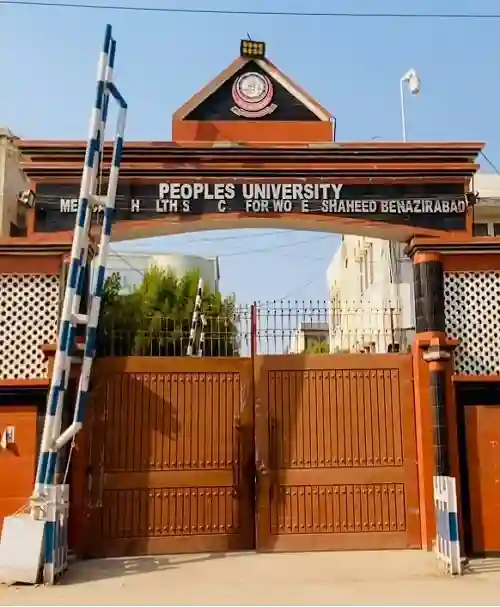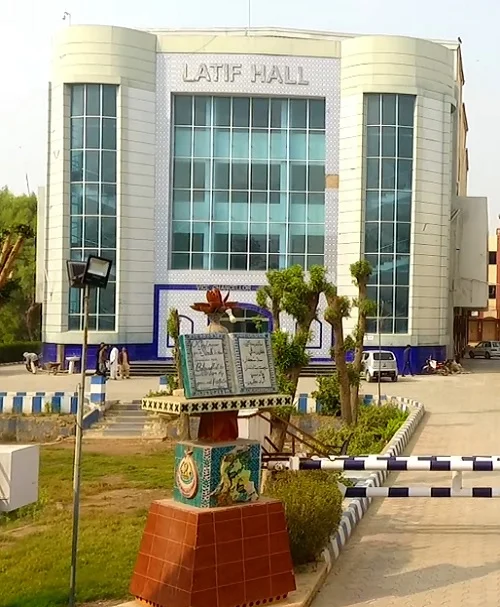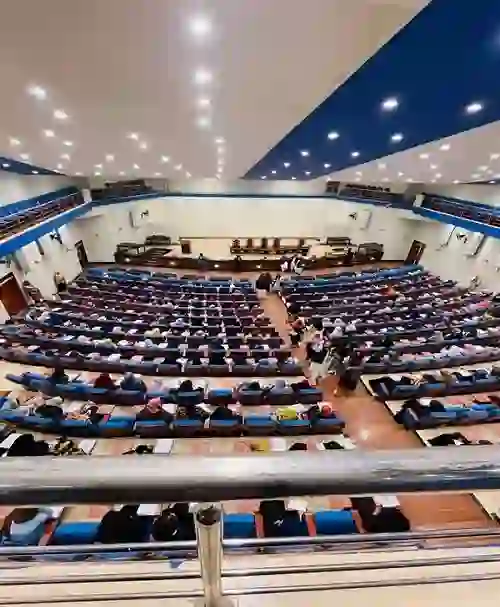Facilities
Our University offer a wide range of student facilities to support their rigorous academic programs and enhance the overall student experience. These facilities are designed to cater to both academic and non-academic needs, promoting a balanced and enriching university life. Here are some common student facilities found in medical universities:
1. Libraries
• Comprehensive Collections: Extensive collections of medical textbooks, journals, research papers, and digital resources.
Study Areas: Quiet study areas, group study rooms, and computer labs with access to medical databases and online journals.
• Support Services: Librarians specialized in medical literature, research assistance, and interlibrary loan services.
2. Laboratories and Research Facilities
• Anatomy Labs: Equipped with cadavers, anatomical models, and advanced imaging technology.
Simulation Labs: High-fidelity mannequins and virtual reality setups for clinical skills training.
• Research Labs: Facilities for biomedical research, including molecular biology, pharmacology, and pathology labs.
3. Clinical Training Facilities
Teaching Hospitals: Affiliated hospitals where students undergo clinical rotations and gain hands-on experience.
• Outpatient Clinics: On-campus clinics where students can practice under supervision.
• Specialized Centers: Units dedicated to specific fields such as pediatrics, oncology, or cardiology.
4. Lecture Halls and Classrooms
• Advanced Technology: Equipped with audio-visual aids, smart boards, and video conferencing capabilities and air conditioned halls.
• Comfortable Seating: Ergonomic seating to facilitate long hours of learning.
• Flexible Spaces: Rooms that can be reconfigured for different teaching styles and group sizes.
5. Accommodation and Housing
• Dormitories: On-campus housing options ranging from single rooms to shared apartments.
• Family Housing: Accommodations for students.
• Support Services: security services, and maintenance support.
6. Dining and Nutrition
• Cafeterias: Offering a variety of healthy meal options to cater to diverse dietary needs.
7. Fitness and Recreation
• Gym Facilities: Fully equipped gyms with cardio and weight-training equipment.
• Sports Facilities: Basketball courtstennis, and other sports.
8. Student Support Services
• Counseling and Mental Health: Access to professional counselors and mental health resources.
• Career Services: Guidance on internships, residencies, and job placements.
• Academic Advising: Advisors to assist with course selection and academic planning.
9. Technology and IT Support
• Computer Labs: Access to computers and high-speed internet.
• Wi-Fi Access : Provide HEC Eduroam Internet facility.
• IT Helpdesk: Support for technical issues related to university systems and personal devices.
• Medical Video Portal: A local online video portal featuring medical videos is available for students' learning purposes.
• E-learning Platforms: Online portals for accessing lectures, assignments, and course materials.
• ERP Softwre :ERP Students portal for check their educational records.
The Koha Books software allows students to download thousands of books free of charge.
The I.T. Department also provides a Student ID card facility.
10. Extracurricular and Social Facilities
• Student Organizations: Clubs and societies related to medicine, research, and general interests.
• Event Spaces: Venues for social events, guest lectures, and student meetings.
• Cultural Centers: Facilities to support cultural activities and international student integration.
11. Health Services
• On-campus Clinics: Basic medical care, immunizations, and health screenings.
• Emergency Services: Immediate care for medical emergencies.
12. Transportation and Parking
• Coach Services: Transportation between campuses and to affiliated hospitals.
• Coaster Facility: A coaster service is also available for students for local city travel and for attending training sessions and workshops outside the city.
• Parking Facilities: Secure parking for students, faculty, and staff.
• Bike-sharing Programs: Eco-friendly transportation options.
These facilities collectively support the academic, physical, and emotional well-being of medical students, helping them to succeed in their demanding educational journeys and prepare for their future roles in healthcare.






